CNCH to offer 16 diverse classes taught by experts in their fields
Yvonne Smith
Sixteen of North America’s most widely respected fiber artists will teach a diversity of classes when the Conference of Northern California Handweavers meets in San Luis Obispo from Aug. 3 – 6, 2023. These instructors possess many decades of experience and will teach classes ranging from weaving and spinning, to dyeing, felting, tapestry, tablet weaving, kumihimo, basketry and Sprang.
Four workshops will be devoted to weaving:
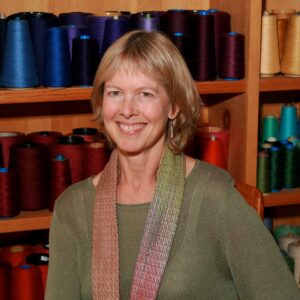
Jennifer Moore, US State Department
Jennifer Moore, Double Rainbow.
Jennifer describes her workshop as, “The ultimate color sampler.” She explains, “A basic two-layered structure will enable you to mix and match your colors, creating an amazing array of color mixtures. As you weave, and your warp colors move past each other, you will experience a visual feast of iridescence and moire patterns.” Those set up for two blocks on eight shafts also will be able to explore an unlimited range of block combinations.
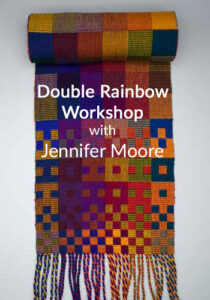
“This sampler will provide a remarkable education in color theory and how optical mixtures work in weaving, as well as a great source of inspiration for future weaving projects,” Jennifer says.
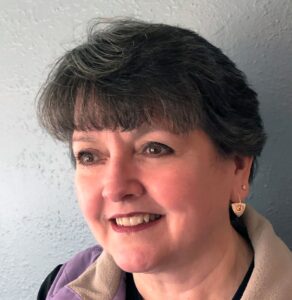
Robyn Spady, “Parallel Threading is a Weaver’s Playground.”
“A parallel threading can provide a weaver with a multitude of options and patterns — from echo weaves and corkscrew twills to turned taquete and network-drafted twills,” Robyn says. “Add on top of that weft variations in color and texture, and a weaver will find her/himself in a playground of possibilities.”
 Workshop participants will pre-warp their looms from a selection of threadings. During the workshop, they will enter into a “journey of discovery and exploration of how to transform a parallel threading into a myriad of patterns.”
Workshop participants will pre-warp their looms from a selection of threadings. During the workshop, they will enter into a “journey of discovery and exploration of how to transform a parallel threading into a myriad of patterns.”
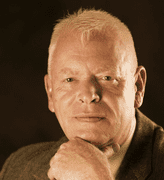
Stitches
David Xenakis, “Finnweave is Fun.”
David says, “Finnweave is a special type of doubleweave pickup. It is known to have been used by medieval weavers of Syria, Pre-Columbian weavers of the Andes, and by
weavers in Scandinavia, where it is part of a long tradition still in widespread use. The technique uses a graph paper design to make the pickups. Though it can seem quite daunting at first, the technique falls into place with reasonable ease, and the result is a superbly intricate fabric of which a weaver can be very proud.”
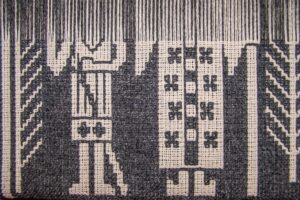
David will provide printed and drawn materials that will allow the student to weave a variety of traditional Scandinavian designs, and some from ancient America. He also will bring other printed Finnweave designs that can be taken from the workshop and woven later.
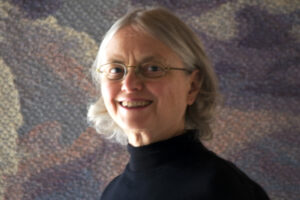
Joanne Hall, Swedish Art Weaves
“The very beautiful decorative weaves from southern Sweden are cherished by weavers all over Scandinavia, and they are a part of both historical and contemporary weaving in Sweden,” Joanne says. “In the past, the art weaves were used to weave table runners, long wall hangings, carriage cushions and pillows. Today they can be used for a variety of projects. They are mostly laid-in weaves on a plain weave ground weave. The warp is threaded to plain weave so that a variety of patterns and techniques can be woven all in one sampler. These include krabba, halvkrabba, rolakan tapestry, dukagang and monksbelt. These techniques give you more freedom in your woven designs.”
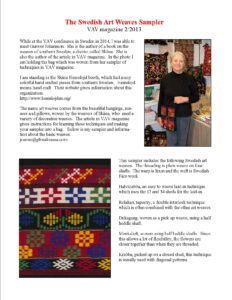
More information about additional instructors and workshops will be released next month, and every
month until registration opens on April 30 of next year.